Expanding foam is one of the best types of insulation, but can it withstand heat and be used around heating pipes? We've researched these questions, and here are our findings.
Yes, you can use expanding foam around your heating pipes. It is an excellent insulator and can resist the heat your hot water pipes produce.
Continue reading to learn more about using expanding foam around heating pipes and its advantages and disadvantages.
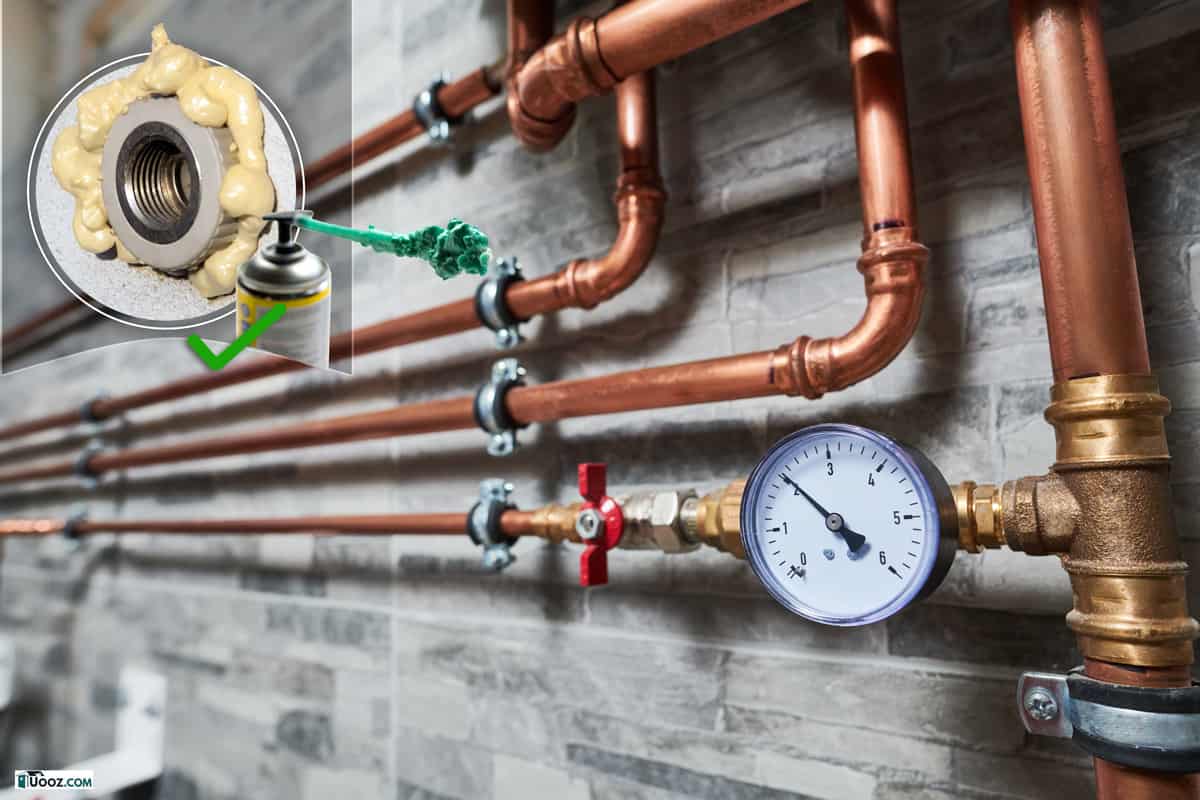
Can You Use Expanding Foam Around Heating Pipes?
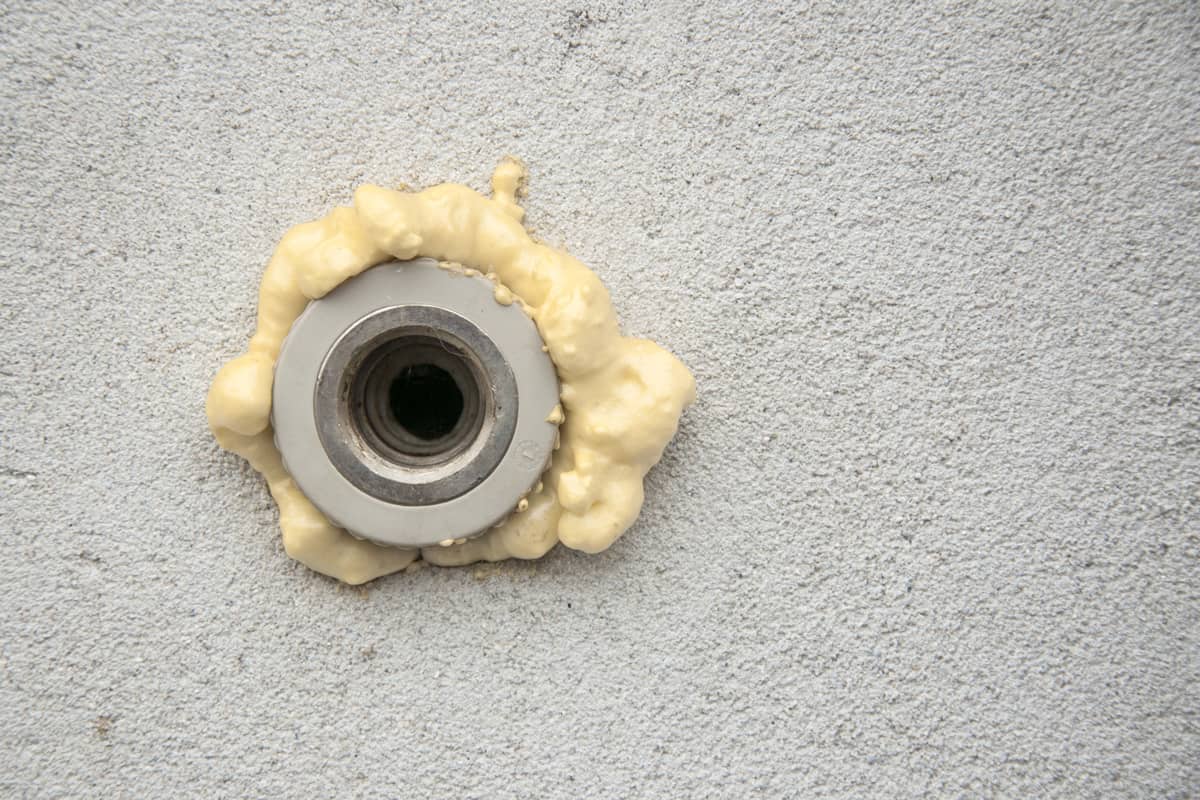
Expanding foam is one of the best types of insulation for sealing and insulating areas where air can freely flow in and out of your home. Expanding foam is popular among contractors and homeowners for new construction, repairs, and renovations.
At temperatures no higher than 180 degrees Fahrenheit, most expanding foams are safe to use.
The highest temperature setting for residential water heating systems is less than 180 degrees Fahrenheit, meaning that expanding foam can accommodate the temperature in the pipes.
A safety concern might develop only if the temperature in the heating pipes is higher than what expanding foam can withstand. It's unwise to utilize expanding foam in such a setting since it will melt.
You can use expanding foam to fill gaps around heating pipes. Before spraying the expanding foam around heating pipes, there are two things you must verify.
First, determine the maximum temperature of the expanding foam. The label will provide this information. Second, you must be aware of how hot your property's heating pipes become.
If the temperature of the heating pipes is lower than what the expanding foam can withstand, you are free to proceed. However, if it is higher, look for another option.
How Should You Apply Expanding Foam Around A Heating Pipe?
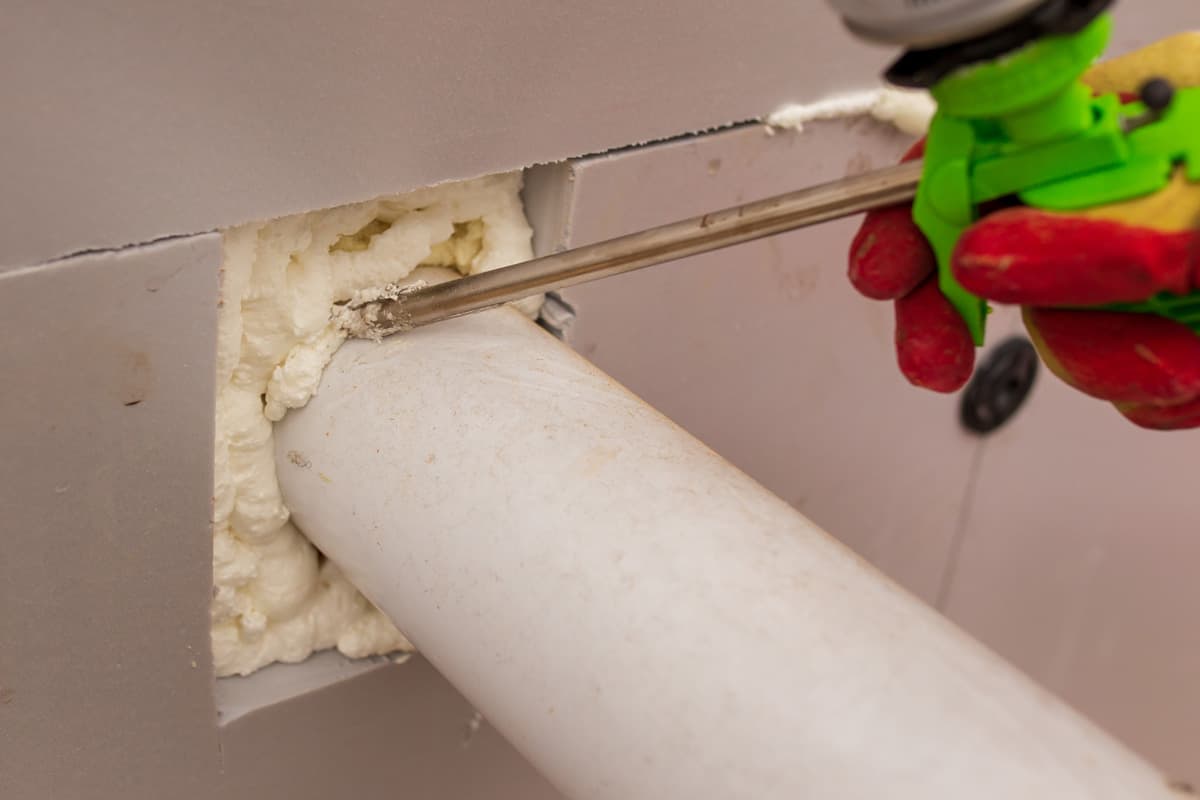
Expanding foam is simple to use. However, if you have never interacted with it, the first time might be a little intimidating.
Here's a quick ">guide to filling gaps around heating pipes with expanding foam to ensure you know what you're doing.
1. Clear The Area Of Any Dust
With a broad, dry paintbrush, remove any dust or unwanted particles from the area. After cleaning, lightly spritz the area with water. Since expanding foam requires moisture to cure, this will aid in the uniform curing of the foam.
Click here to see these paintbrushes on Amazon.
2. Spray The Expanding Foam
Analyze the manufacturer's directions before applying the expanding foam. When working with it, wearing protective gloves and a suit is essential. The expanding foam is applied with a nozzle or gun that comes with the product.
Click to see this protective suit on Amazon.
Shake the can thoroughly after attaching the nozzle. Hold the can upside down, and insert the nozzle into the gap that needs to be filled. Carefully apply the foam, keeping in mind that it will double in size after application.
Check out these protective gloves on Amazon.
 3. Sprinkle Water On The Foam
3. Sprinkle Water On The Foam
Mist the foam with water immediately after applying it. Spray water between each layer of foam if you apply more than one layer to help the foam adhere. Let the foam cure completely, which could take some time.
4. Cut Excess Foam
When the foam has completely hardened, cut off any extra with a hacksaw. Sand the foam to a smooth finish with sandpaper. Plastering or painting over the expanding foam is now possible.
Check out this sandpaper on Amazon.
What Kinds Of Expanding Foam Are There?
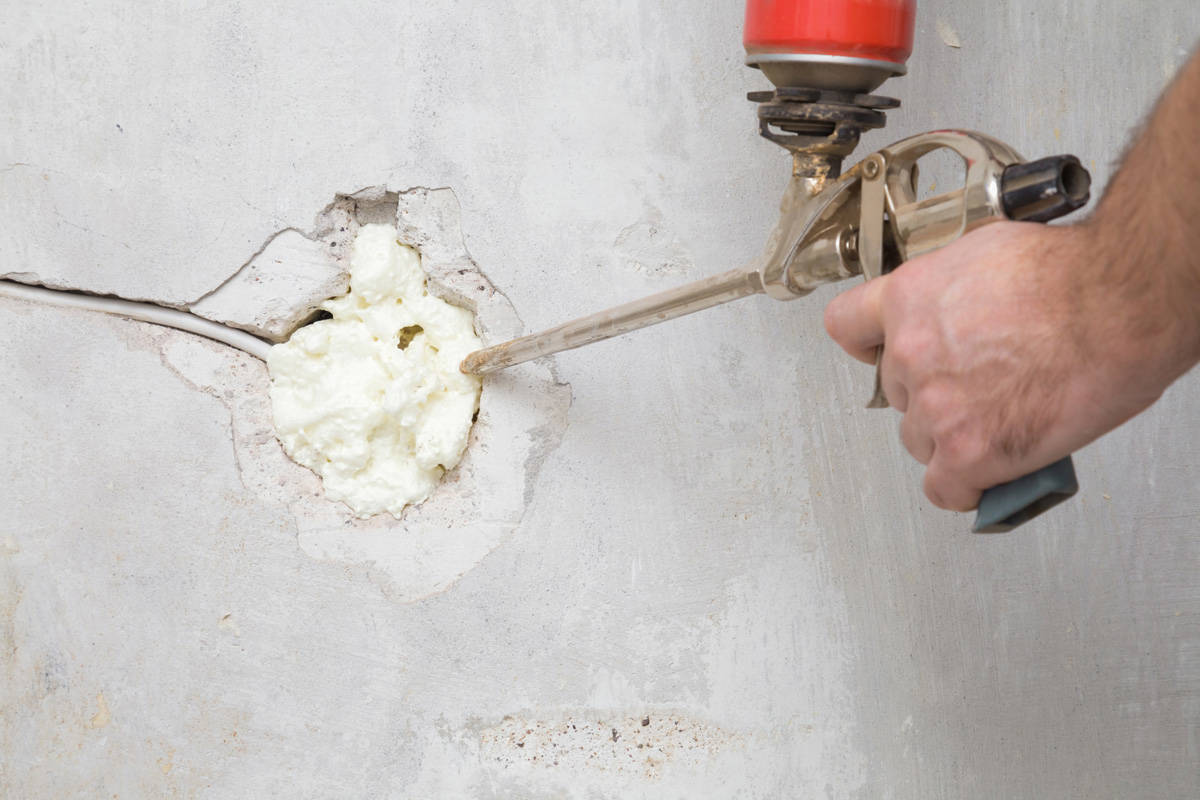
Most expanding foams are very similar, with only one distinction: how much they expand when dried. Here are the three most common varieties of expanding spray foam.
High-Density
Expanding foam with a high density is tough and dense. It is excellent for keeping water and air out of roofs. It performs well outside and is waterproof.
It can also be used as a thin layer of insulation rather than a heavy layer. Expanding foam is the heaviest form when cured, whereas smaller varieties weigh three pounds per cubic foot.
Click to see this expanding pour foam on Amazon.
Medium-Density
Medium-density foam serves as an effective vapor barrier. Since it is dense but expands quite a bit, it is an excellent choice if you are unsure what to choose. It is the most popular spray foam for crawlspaces.
Medium-density spray foam is extremely sturdy. It is neither too dense nor too spongey and will not crack or tear. This foam is always a safe bet, which explains its popularity.
Check out this expanding foam on Amazon.
Low-Density
Low-density spray foam is effective at obstructing air but not moisture. It is a spongey foam with a low density.
Bubbles within the foam keep it light. Since it is so light and airy, it fills open spaces nicely and can act as an insulator, as denser foams are too heavy for this.
Click to see this expanding foam on Amazon.
How Long Does Spray Foam Last?
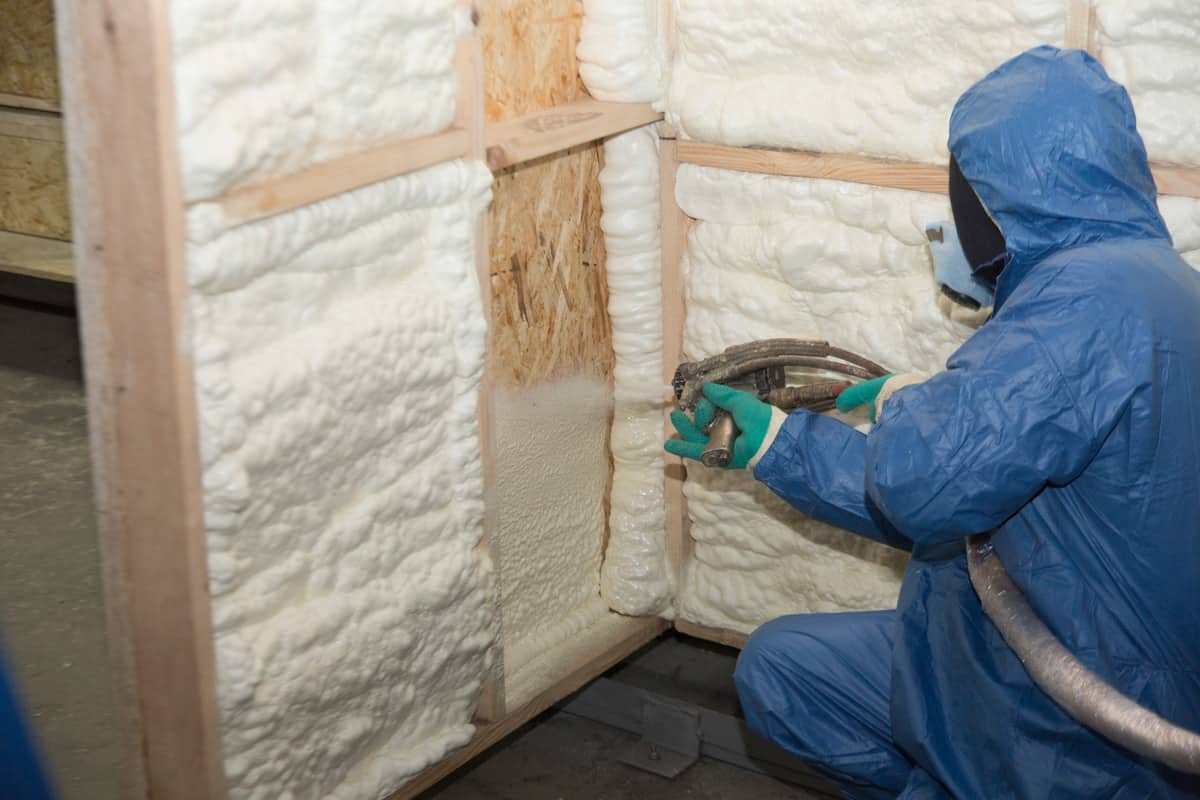
The best thing about expanding foams is that they last indefinitely because of their unique structure.
When polyurethane comes into contact with air, it expands, filling any cracks or gaps. Meanwhile, the isocyanate acts as a bonding agent, aiding in the adhesion of the foam to surfaces.
Spray foam is highly durable and long-lasting due to this combination of ingredients. Injection or spray foam insulation will not degrade or lose shape over time. Because of its long lifespan, foam insulation is a one-time investment.
Benefits And Drawbacks Of Expanding Foam
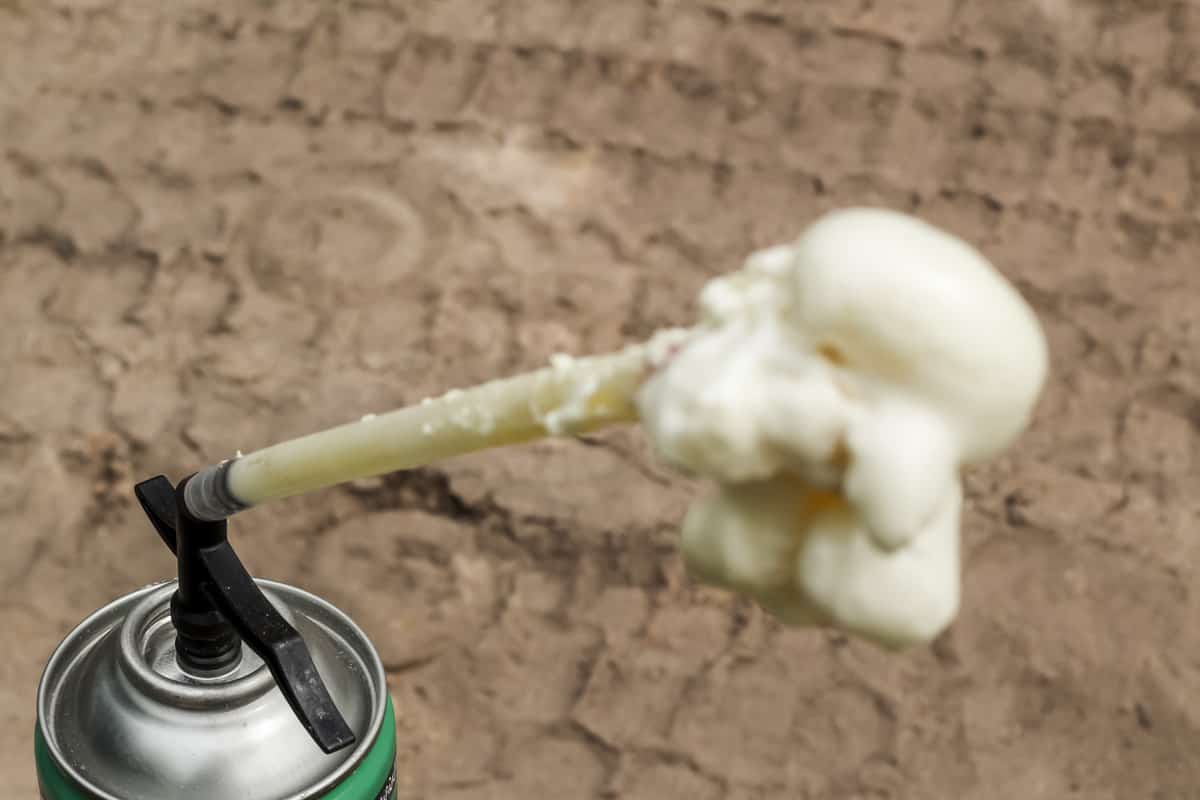
This high-performance solution is ideal for sealing cracks in unusual places. However, there are numerous downsides associated with custom foam inserts.
To help you decide on an expanding foam for your property, highlighted here are the benefits and drawbacks of this insulating material.
Advantages
The following is a list of the advantages of using expanding foam.
Noise Reduction
Using expanding foam around your pipes helps reduce noise throughout your home. As a natural insulator, it stops your pipes from knocking and even reduces the noise of vibration caused by water flowing through your copper or PVC pipes.
Reduces Energy Bills
The material saves energy and operational costs because it is a good wall and ceiling insulator. It helps you conserve energy, which means you can save money. You can expect a lower expenditure on your energy bills, which is a good thing.
Reduces Mold And Mildew
Expanding foam insulation prevents moisture ingress. Mold and mildew formation is prevented as it keeps out moisture. The product minimizes decay and other structural damage caused by water.
No Health Risk
Expanding foam preserves its R-value even in adverse weather conditions, indicating that it does not degrade into harmful particles like fiberglass. It is suitable for chemically and ecologically sensitive people and does not carry a cancer warning label.
Disadvantages
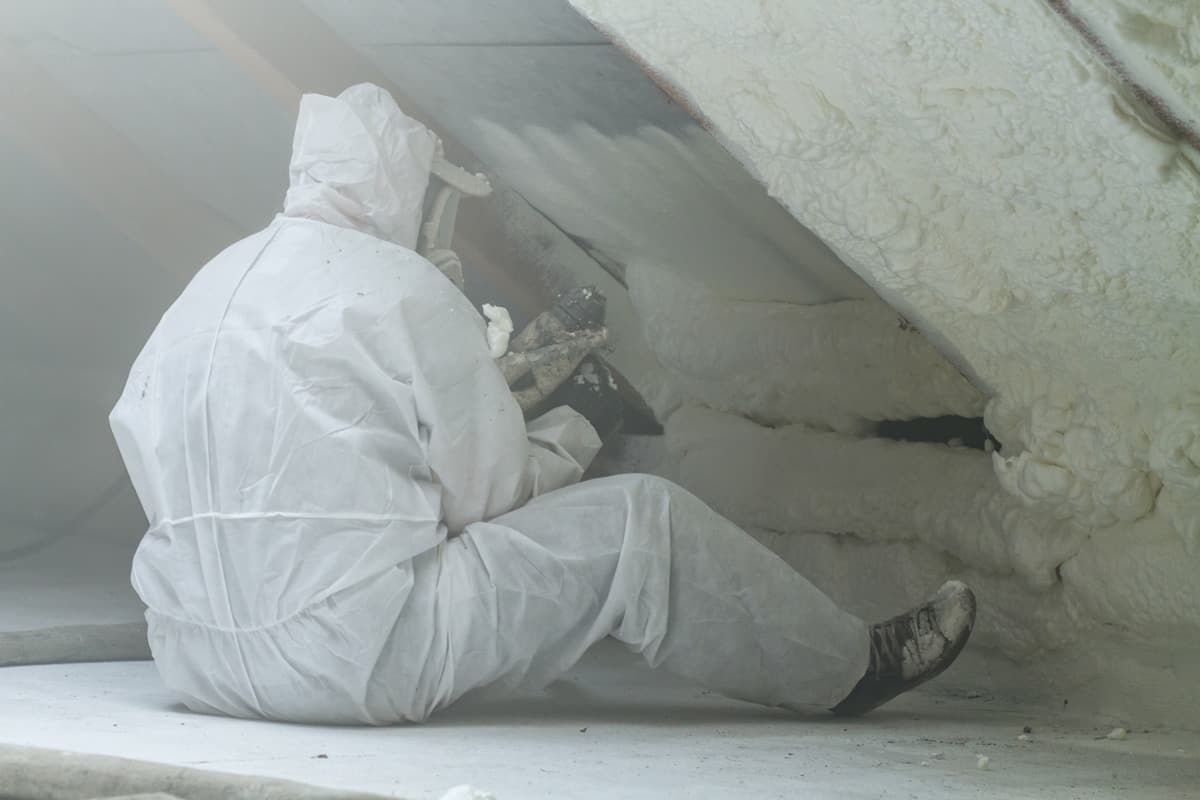
There are some drawbacks to using expanding foam in addition to the benefits.
High Cost
Expanding foam is substantially more expensive than traditional insulation. It's sometimes twice as expensive as installing cellulose or loose-fill fiberglass.
However, it may provide a more cost-effective approach to building high-performance homes while adhering to tight energy requirements.
Messy Installation
Some homeowners opt for a do-it-yourself spray foam project. Unfortunately, improper installation can create a giant mess and numerous complications. If you overlook some cavities, it might result in air leakage.
Additionally, water damage is inevitable throughout the structure if you skip cavities. Water could leak in through building defects due to pressure shifts.
It's A Wrap!
Expanding foam is an excellent material for insulating your heating pipes. It is applied as a liquid foam, fits the area used, and seals it.
Expanding foam is helpful if you have noisy pipes or want to keep mold from growing in your pipes or house walls. Finally, since this insulation material is indestructible, you won't have to worry about it degrading over time.
Check out these related posts to learn more:







